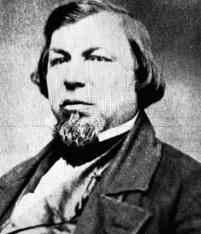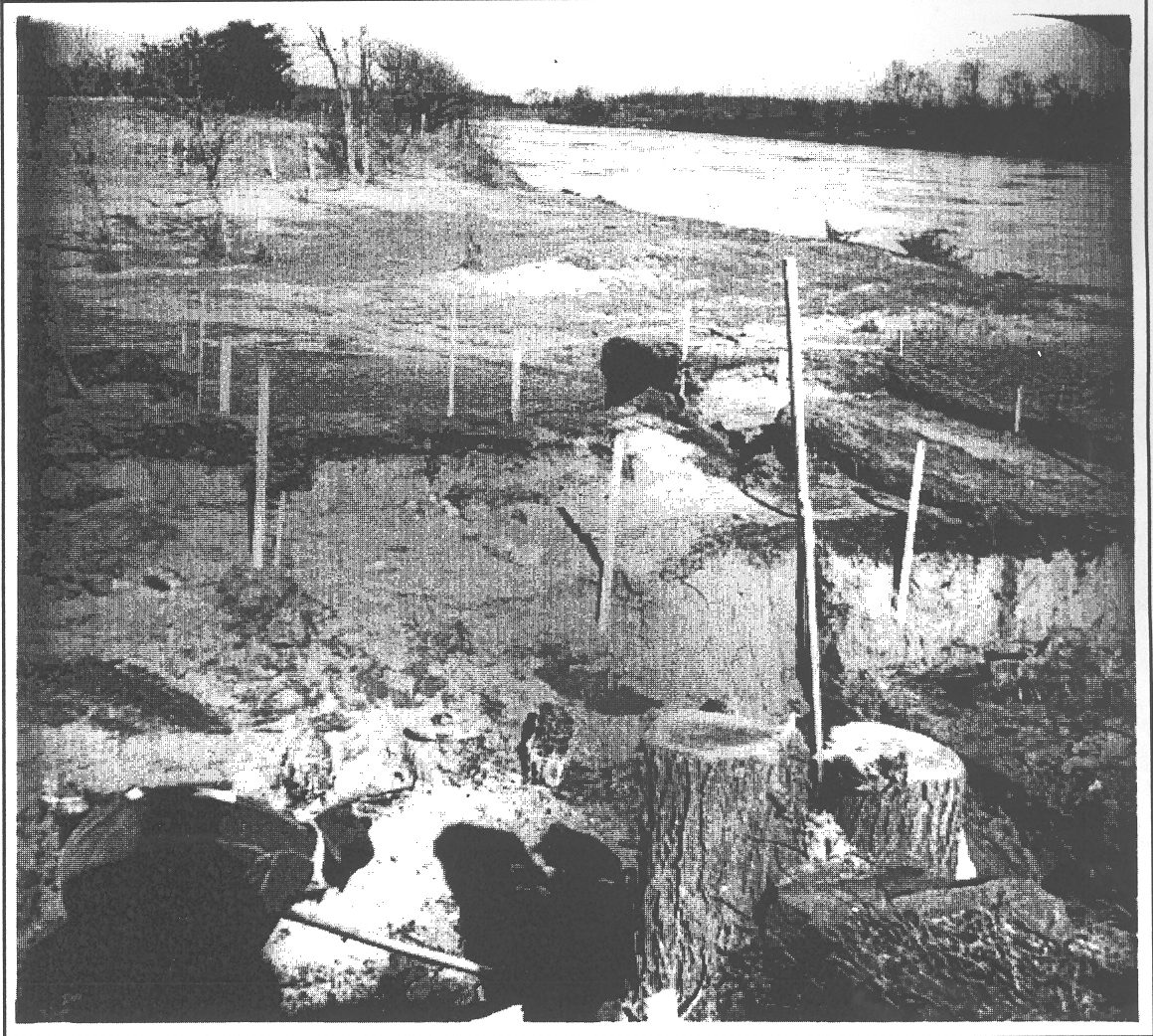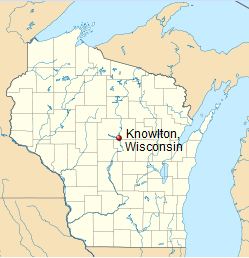

In light of the impending dam of the Wisconsin River by the Consolidated Water Power and Paper Company, archaeologists chose to excavate the rumored site of John DuBay’s trading post, near Knowlton, Wisconsin, which would be flooded by the dam. A collaboration between the company and professionals from both the University of Wisconsin-Madison and the Milwaukee Public Museum completed excavation of the site in late November 1941. Through analysis of the recovered material, excavation leaders Dr. Philleo Nash and then doctoral candidates J.N. Emerson and Earle Reynolds determined that the site was not DuBay’s trading post as previously thought, but instead his family’s home from approximately 1840 until it burned down in 1886. After being kept in storage for nearly half a century, the collection of over one thousand items from the homestead of John Baptiste DuBay was inventoried, re-housed, and researched by Archaeological Rescue Inc., in 1986. It is the only comprehensive historical archaeological collection curated by the Milwaukee Public Museum.
.jpg) Figure 3: Map of the DuBay Site. (Emerson 1986: Figure 2). |
 Figure 4: Knowlton, Wisconsin (Wikipedia). |
Web page developed by Madeline Hagerman, Anthropology Department intern, 2011.
Questions? Contact Dawn Scher Thomae.

